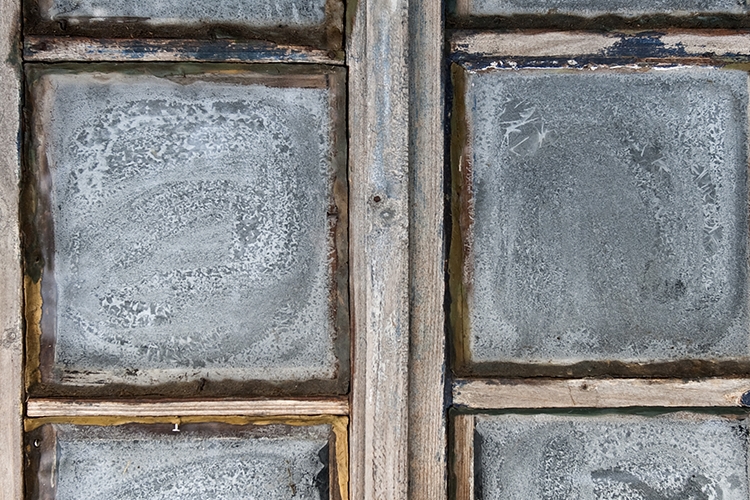Across Norway, cold winter temperatures have returned and electricity prices continue to rise. In response, many people have turned down the heat in their homes — leading to frozen pipes.
Frozen pipes can cause major issues, as they prevent water flow and eventually burst — leading to potential damage and flooding. This issue is most common in cabins or houses, but it’s also a concern for outdoor pipes. If there is minimal heat in a room or a cold draft comes through, pipes are at an increased risk of freezing. And the consequences can be extensive and expensive. Taking preventative steps today can help minimize the potential for major damage.
Cabins and houses
Having a source of heat — even in the rooms that are not used as often — is essential during the winter months. If you’re not on site, it’s ideal to have someone stop by the property to keep an eye on pipes and pipelines. Water expands as the temperature goes down — causing the pipes to burst and water to find alternative routes. Not to mention, depending on your insurance policy, you may be required to monitor and limit damage where you can.
Best practices
Without proper pipe maintenance, water and sewer pipes could be in need of replacement and be at risk of major water damage. Old pipes are a warning sign and should be inspected on a regular basis to understand their condition. It’s essential to review insurance safety regulations and what maintenance and measures must be considered. Preventative steps include:
- Have a heat source in all rooms where there are water pipes and keep the temperature at a minimum of 10 degrees Celsius.
- Avoid cold drafts where possible.
- Pipes found in areas like basements/crawl spaces and attics are likely to need extra insulation to keep them from freezing. Supplementary insulation can also be added to walls and ceilings to keep pipes there warm.
- Drain excess water from the pipes completely.
- Close the main stopcock when you leave the cabin and/or house.
- When it comes to defrosting external pipes, check whether your insurance covers thawing and whether this applies to standard terms or to extended cover. Most companies have an amount limit on freezing, eg NOK. NOK 50,000.
- Regularly review your insurance policy to understand the response to damage caused by a burst pipe.
Tags: cover, frost, Nordic, Nordics, Norway, Policy, Property, Property claims, Property damage, Restoring property, water damage, Weather

